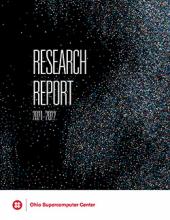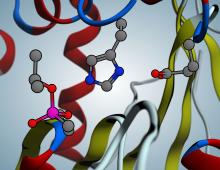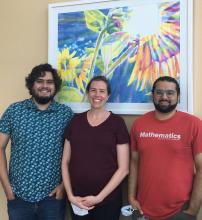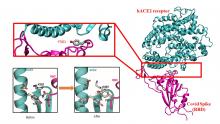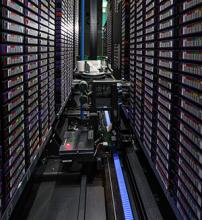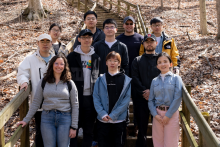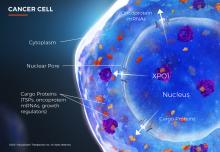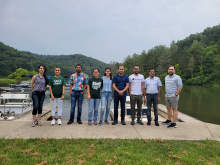We are proud to present the 2021-22 Ohio Supercomputer Center Research Report. Download the report in PDF format or browse the articles on the web.
2022 Research Report
Chris Hadad has been a client of the Ohio Supercomputer Center (OSC) for over two decades and leads one of the most active accounts. A professor of organic chemistry at the Ohio State University, Hadad is currently developing medical countermeasures against organophosphorus chemical nerve agents used in chemical warfare and as pesticides in agriculture.
Emily Miraldi, assistant professor in the Divisions of Immunobiology and Biomedical Informatics at Cincinnati Children’s Hospital, Department of Pediatrics at University of Cincinnati School of Medicine, leads an “immune-engineering” research group that uses mathematical modeling of the immune system to predict immune responses and understand disease.
In 2019, the Milwaukee School of Engineering (MSOE) unveiled a major addition to its campus: the Dwight and Dian Diercks Computational Science Hall, featuring Rosie the supercomputer. The facility opened in the wake of the launch of MSOE’s bachelor’s degree in computer science, with a curriculum focused on the growing field of artificial intelligence.
With the COVID-19 pandemic presenting an ongoing global challenge, Xiche Hu’s lab at the University of Toledo is taking a closer look at the mutations of the coronavirus.
Cotty Fay Marine Design is a small firm in Washington state that uses its engineering expertise to improve the design and performance of products, ranging from the mechanical parts on watercraft to the manufacturing equipment used by various industries.
Case Western Reserve University is one of the most research-intensive higher education institutions in the state of Ohio. Ranked R1 by the Carnegie Classification of Institutions of Higher Education, during fiscal year 2021 it attracted more than $390 million in competitive sponsored research projects.
While natural language processing may not have much name recognition among the general public, many people rely on it every day. Using Google to find information online? The search engine employs natural language processing to comb through and analyze massive numbers of webpages and return the most relevant answers.
A drug designed to treat a certain type of cancerous tumor might work well in some patients but not others. To determine why, scientists can study whether specific genetic mutations may impact the therapy’s effectiveness.
When he joined the Ohio University faculty in 2015, Sumit Sharma found a new application for his expertise in molecular modeling and simulations: understanding pipeline corrosion.
